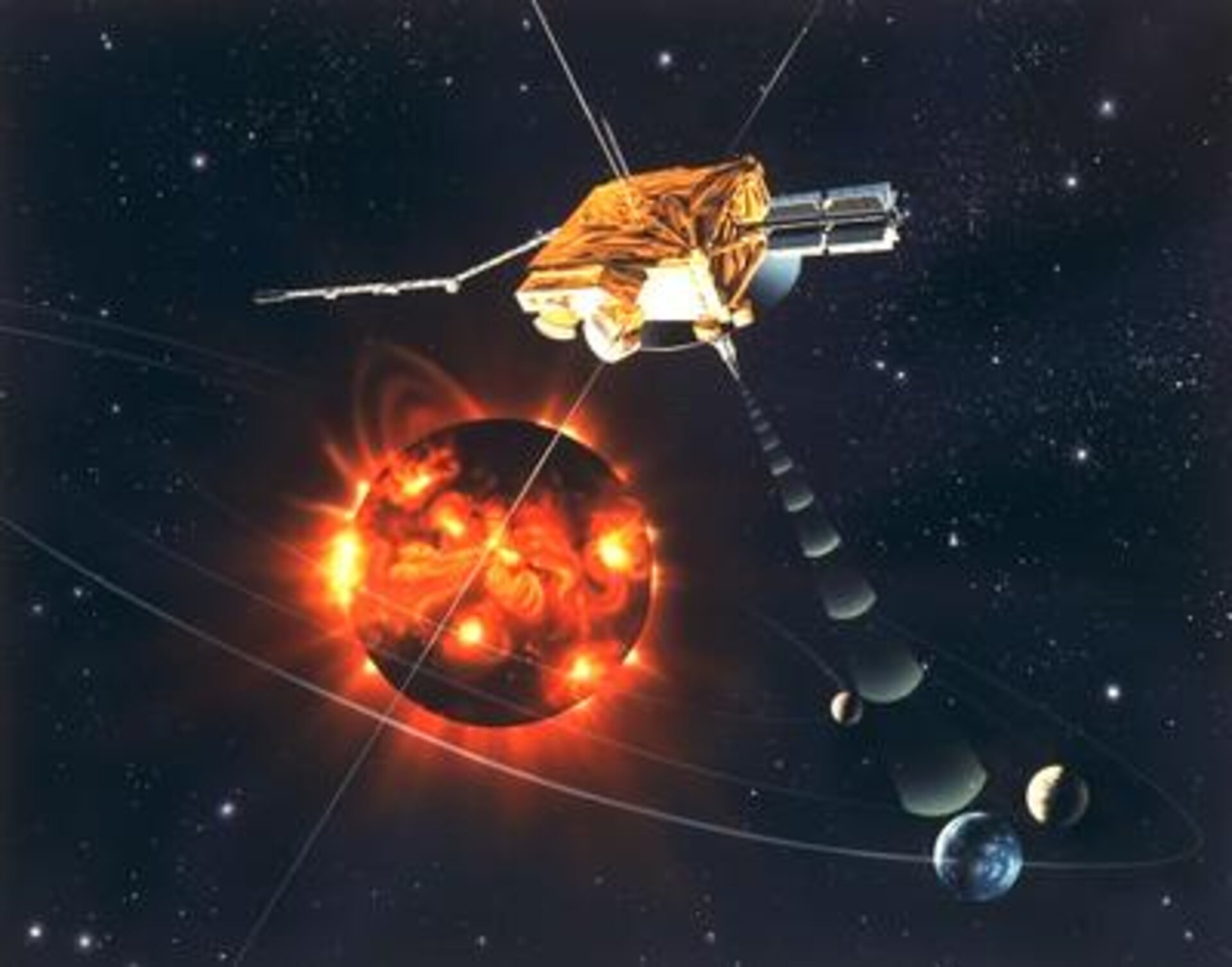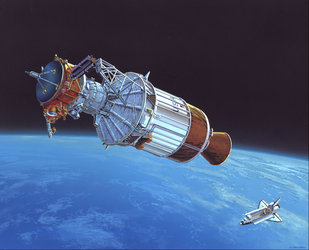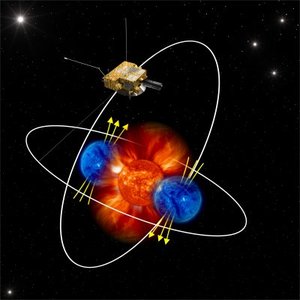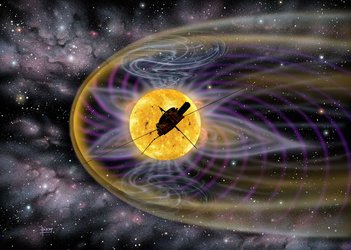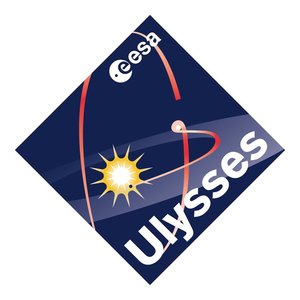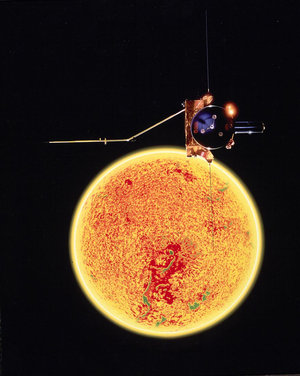Ulysses embarks on third set of polar passes
On 17 November, the joint ESA-NASA Ulysses mission will reach another important milestone on its epic out-of-ecliptic journey: the start of the third passage over the Sun's south pole.
Launched in 1990, the European-built spacecraft is engaged in the exploration of the heliosphere, the bubble in space blown out by the solar wind. Given the capricious nature of the Sun, this third visit will undoubtedly reveal new and unexpected features of our star's environment.
The first polar passes in 1994 (south) and 1995 (north) took place near solar minimum, whereas the second set occurred at the height of solar activity in 2000 and 2001. "During the first polar passes, Ulysses found a well-ordered heliosphere, with clear differences between the solar wind at the poles and equator", says Richard Marsden, ESA's Ulysses Project Scientist and Mission Manager. "At solar maximum things were more complex, making it hard to distinguish any particular region from another."
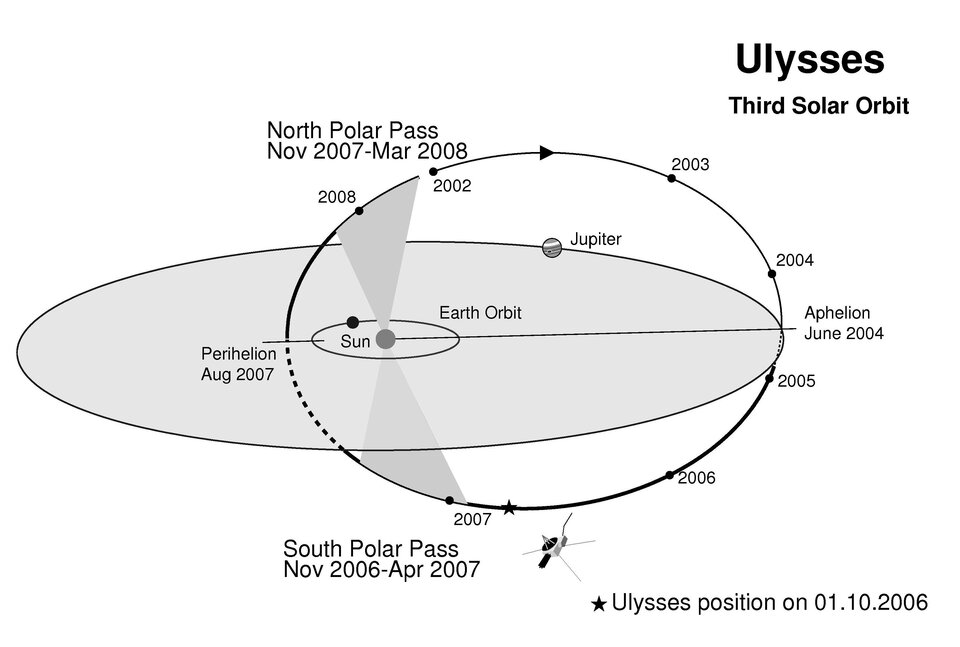
As Ulysses approaches the polar regions for the third time, the Sun has settled down once again and will be close to its minimum. "Ulysses orbits the Sun once every 6.2 years, making it perfect for studying the 11-year solar activity cycle", says Marsden. "In fact, we can really say that Ulysses is exploring the heliosphere in four dimensions -covering all three spatial dimensions as well as time."
Even though the Sun will be close to its activity minimum just as it was in 1994-95, there is one fundamental difference: the Sun's magnetic field has reversed its polarity. In addition to the 11-year activity cycle, the Sun has a magnetic cycle of 22 years, known as the Hale Cycle. Ulysses, now in its 17th year in orbit, is giving scientists the chance to observe the heliosphere from a unique, out-of-ecliptic vantage point and with the same set of instruments over almost a complete Hale Cycle.
What is the Ulysses science team expecting to find this time around? "If our ideas are correct, the change in polarity of the Sun's magnetic field will have a clear effect on the way cosmic ray particles reach our location in the inner heliosphere", says Marsden. "During the last solar minimum, positively charged particles had a slightly easier time reaching the polar regions; this time, the negatively charged electrons should have the advantage."
But there could be surprises. In 1994, the pole-to-equator difference in the number of particles observed, although present, was much smaller than expected. This lead to several new models for the way charged particles move in the complex environment of interplanetary space. The new observations will test if these new theories are correct.
Another surprise from the first polar passes was the fact that the heliosphere is not as symmetric as scientists believed. The Sun's magnetic field was found to be slightly stronger in the south than in the north. "We'll be watching out for this effect as Ulysses swings from the south pole to the north in 2007", says Marsden.
Although important in its own right, Ulysses is also a key member of the fleet of spacecraft known as the Heliospheric Network that includes SOHO and NASA's ACE, Wind and Voyager spacecraft. The Network recently welcomed two new members, the twin STEREO spacecraft that were launched by NASA at the end of October. "We are really excited about the possibilities for joint observations using STEREO, ACE and SOHO during Ulysses' pole-to-pole transit in 2007", says Marsden.
For more information:
Richard Marsden, ESA - Ulysses Project Scientist
Email: richard.marsden @ esa.int


